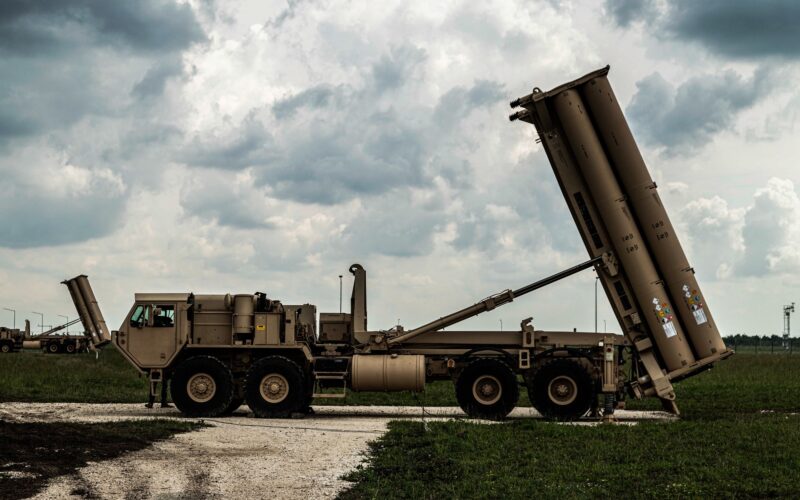The United States will enhance Israel’s air defense capabilities by deploying an advanced anti-missile system, along with U.S. troops to operate it. The decision comes in response to escalating tensions in the region, particularly regarding potential missile threats from Iran.
On October 13, 2024, Pentagon spokesman Pat Ryder confirmed that Defense Secretary Lloyd Austin had authorized the deployment of the Terminal High-Altitude Area Defense (THAAD) battery at the direction of President Joe Biden. Ryder emphasized that this deployment aims to strengthen Israel’s air defense against potential Iranian missile attacks. Approximately 100 U.S. troops will also be sent to assist in operating the battery.
“This deployment is part of the broader adjustments the U.S. military has made in recent months to support Israel’s defense and protect American citizens from attacks by Iran and Iranian-aligned militias,” Ryder wrote in the statement.
In the meantime, Iranian Foreign Minister Abbas Araqchi expressed a warning on Sunday, asserting that Tehran has “no red lines” when it comes to defending its population and national interests. Araqchi criticized the U.S. for supplying an unprecedented quantity of weapons to Israel, claiming that such actions jeopardize the safety of U.S. troops by involving them in the operation of missile systems stationed in Israel.
What is the THAAD System?
The THAAD system is an advanced missile defense system designed to intercept and destroy short, medium, and intermediate-range ballistic missiles capable of delivering conventional or nuclear warheads during their terminal phase of flight. Due to its mobility, THAAD can be deployed quickly in various locations. It is capable of intercepting missiles at altitudes above 150 kilometers (approximately 93 miles), allowing it to target threats in space.
The system utilizes kinetic interceptors and the AN/TPY-2 radar, which detects and tracks various types of aerial threats.

